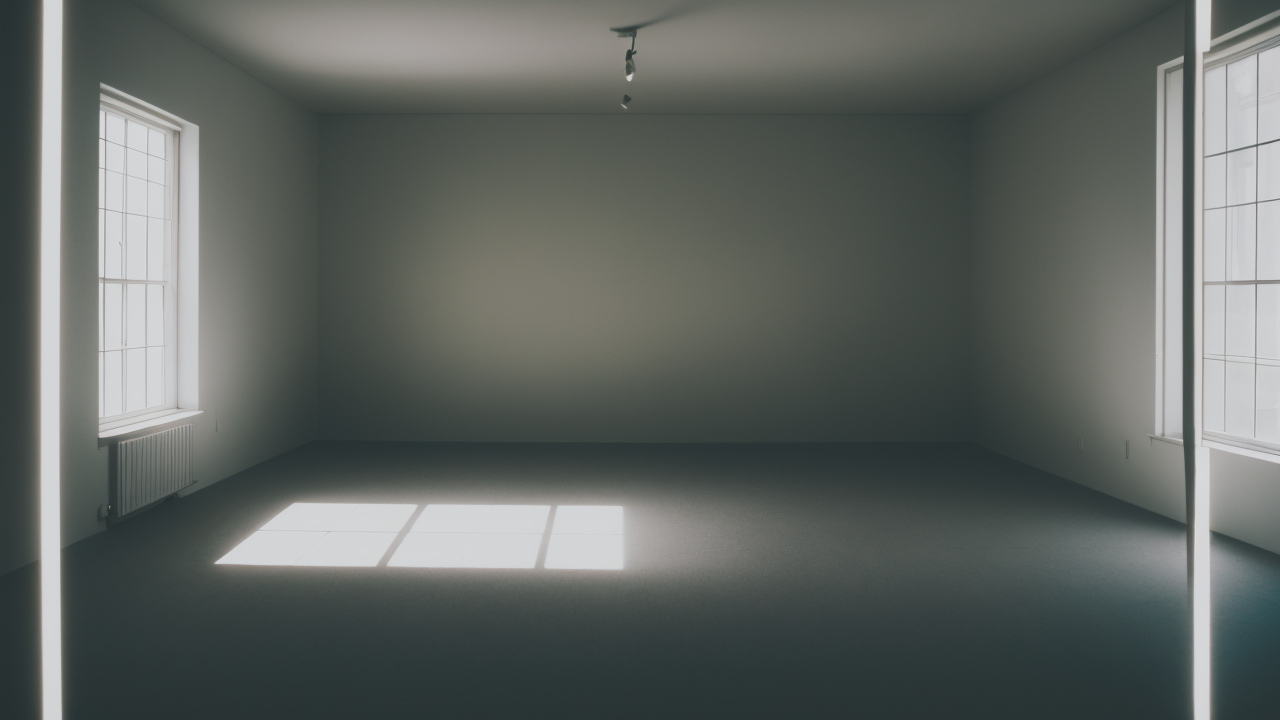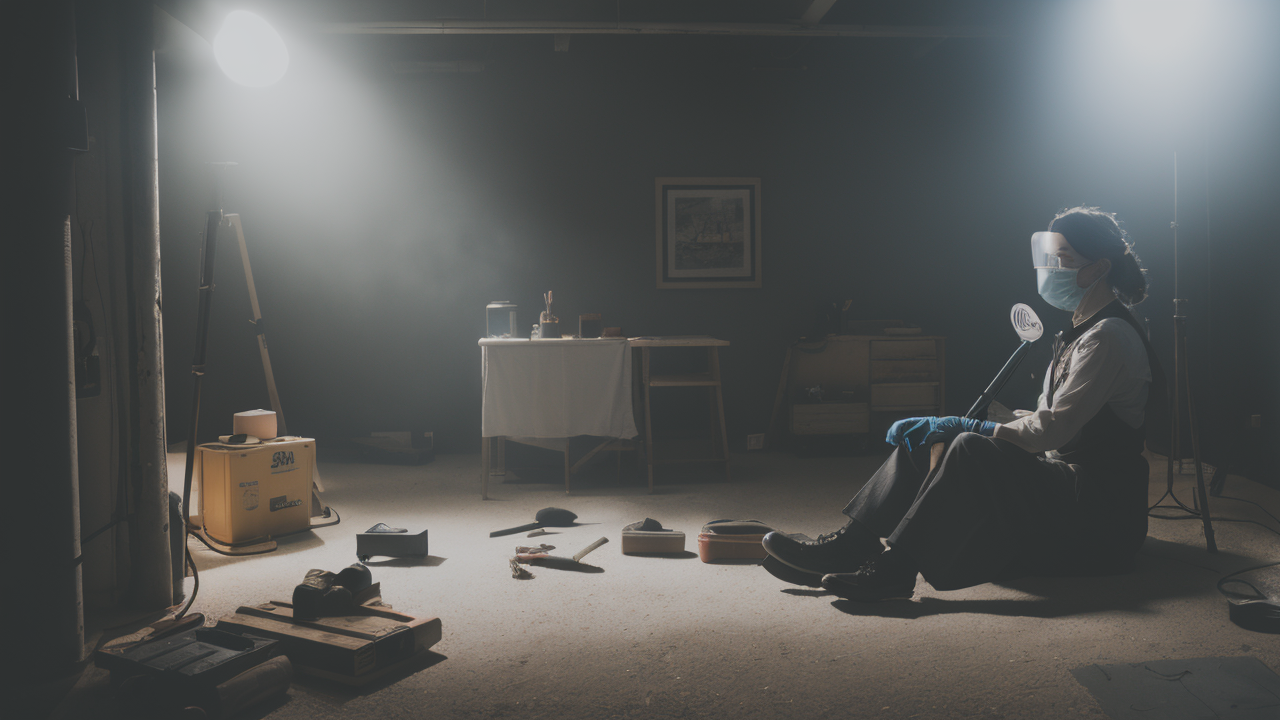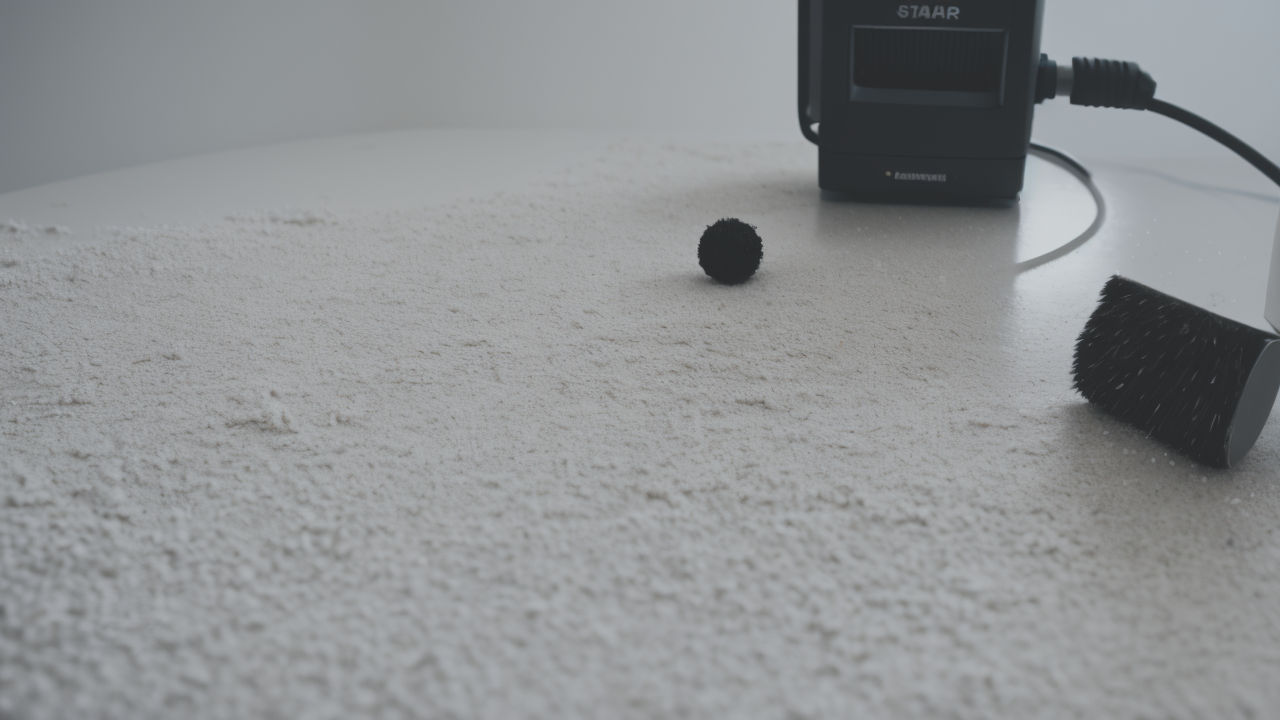
Embracing Wabi-Sabi: Creating Imperfect Beauty in Minimalist Drawings
Understanding the Minimalism Movement in Art
The Origins of Minimalism
Minimalism in art began in the 1960s. It was a response to the complex art of the time. Artists wanted to make things simpler. They focused on basic shapes and colors. The goal was to show only what was needed. Key artists were Donald Judd and Frank Stella. They made art with clean lines and simple forms. This new style spread quickly. It changed how people thought about art. Minimalism wasn't just about looks. It was a new way of thinking about art and life. It taught people to value simplicity. This idea is still important today.

Key Philosophies of Minimalism in Art
Minimalist art follows some main ideas:
- Simplicity: Use only what's needed
- Clarity: Make art that's easy to understand
- Space: Use empty space as part of the design
- Order: Create neat, organized works
- Harmony: Make all parts work well together
These ideas guide how minimalist art is made. Artists use basic shapes and few colors. They avoid adding extra details. The focus is on the essential elements. This makes the art powerful and direct. Viewers can easily grasp the main idea. Minimalist art often looks calm and neat. It invites people to think about what they see. The art speaks for itself without needing explanation.
The Role of Minimalism in Modern-Day Creativity
Minimalism still shapes art today. It's not just in paintings and sculptures. We see it in many areas:
- Graphic design: Simple logos and clean layouts
- Web design: Easy-to-use websites with less clutter
- Architecture: Buildings with clean lines and open spaces
- Fashion: Clothes with simple cuts and solid colors
- Product design: Sleek, functional items
Minimalism helps cut through the noise of modern life. It offers a break from visual overload. Many people find it calming. In a world full of stuff, minimalism reminds us that less can be more. It encourages us to focus on what's truly important. This idea applies to art and daily life. It helps us appreciate the beauty in simple things.
Essential Tools and Materials for Minimalist Plaster Drawing
High-Quality Plaster
Choosing good plaster is key for minimalist drawings. Look for these qualities:

- Fine texture: Smooth finish for clean lines
- Quick-setting: Allows for faster work
- Durability: Resists cracking and chipping
- Workability: Easy to shape and mold
- Color: Usually white, but can be tinted
Good plaster makes your work easier. It helps create smooth surfaces and sharp edges. This is important for minimalist designs. You might try different types of plaster. Some are better for details, others for larger areas. Test a few to find what works best for you. Remember, the quality of your materials affects the final result. Good plaster can make your art look more professional.
Innovative Plaster Drawing Tools
To make minimalist plaster art, you'll need some special tools:
- Trowels: For spreading plaster smoothly
- Carving tools: To make lines and shapes
- Sandpaper: For smoothing surfaces
- Mixing tools: To prepare plaster properly
- Molds: For creating repeated shapes
You can also use everyday items in new ways. A comb can make texture. A sponge can create soft effects. Experiment with different tools. See what marks they make. Choose tools that give you control. This helps keep your work simple and precise. Clean your tools after each use. This keeps them in good shape for your next project. Good tools make your work easier and more enjoyable.
Safety Gear for Working with Plaster
Safety is important when using plaster. Here's what you need:
- Dust mask: Protects your lungs from plaster dust
- Gloves: Keeps plaster off your skin
- Safety glasses: Shields your eyes
- Apron: Protects your clothes
- First aid kit: For any accidents
Work in a well-aired space. Plaster dust can be harmful if breathed in. Keep water nearby to wash your hands. Know how to clean up spills quickly. By staying safe, you can focus on your art. Take breaks if you're working for a long time. Safety habits help you enjoy your work without worry. Remember, good art starts with taking care of yourself.
Step-by-Step Guide to Creating a Minimalist Plaster Drawing
Preparing Your Workspace
Setting up right makes your work easier. Follow these steps:

- Choose a flat, stable work surface
- Cover the area with plastic or paper
- Gather all your tools and materials
- Set up good lighting
- Have water and a bucket ready
Keep your space clean and organized. This matches the minimalist style. Make sure you have room to move around. Good prep saves time later. It also helps you focus on your art. A tidy workspace can inspire clearer thinking. This is perfect for minimalist art. Start with a clean space, and your mind will be clear too. Good setup leads to better art.
Crafting Your Design: Tips and Tricks
Creating minimalist plaster art takes planning. Here are some tips:
- Sketch your idea first on paper
- Keep your design simple and bold
- Use basic shapes like circles or squares
- Think about the balance of your design
- Limit yourself to one or two colors
Work slowly and carefully. Build up your design in layers. Let each layer dry before adding more. Use light touches for subtle effects. Remember, in minimalism, every mark counts. Don't add anything that doesn't need to be there. The power is in the simplicity. Take breaks to look at your work from far away. This helps you see the overall effect. Trust your instincts. If it feels right, it probably is.
Finishing Touches: Enhancing Visual Impact with Minimalism
The final steps can make your work stand out:
- Sand the surface gently for a smooth finish
- Clean up any rough edges
- Add one bold element for contrast, if needed
- Apply a clear sealant to protect the plaster
- Choose a simple frame or display method
Step back and look at your work as a whole. Make sure it still feels balanced. In minimalist art, small changes can have a big impact. Don't be afraid to remove parts if they don't fit. The goal is a clean, powerful piece. When it's done, place it where it can be seen clearly. Good lighting can make your minimalist art shine. Remember, the beauty is in the simplicity. Let your art speak for itself.


